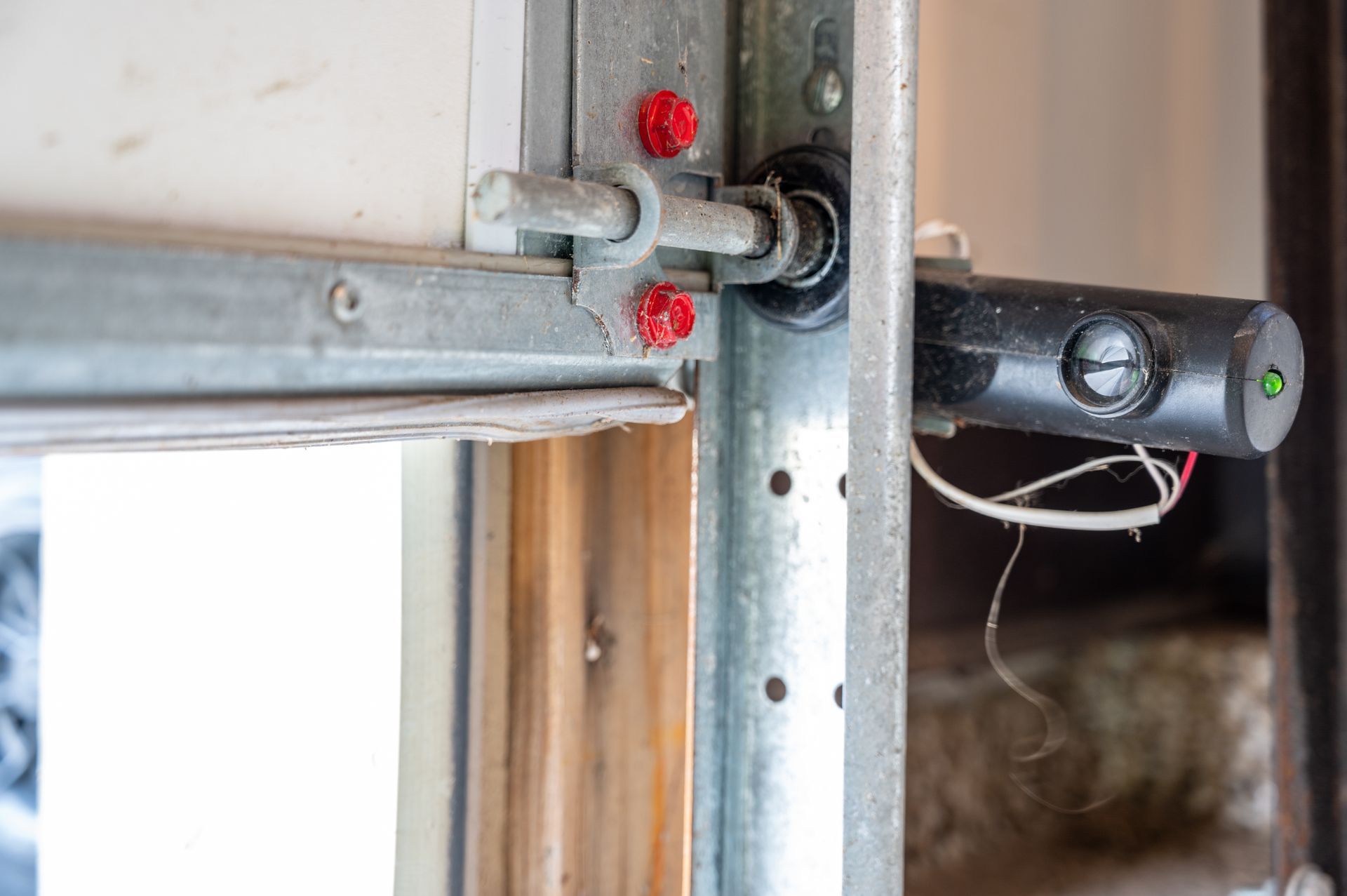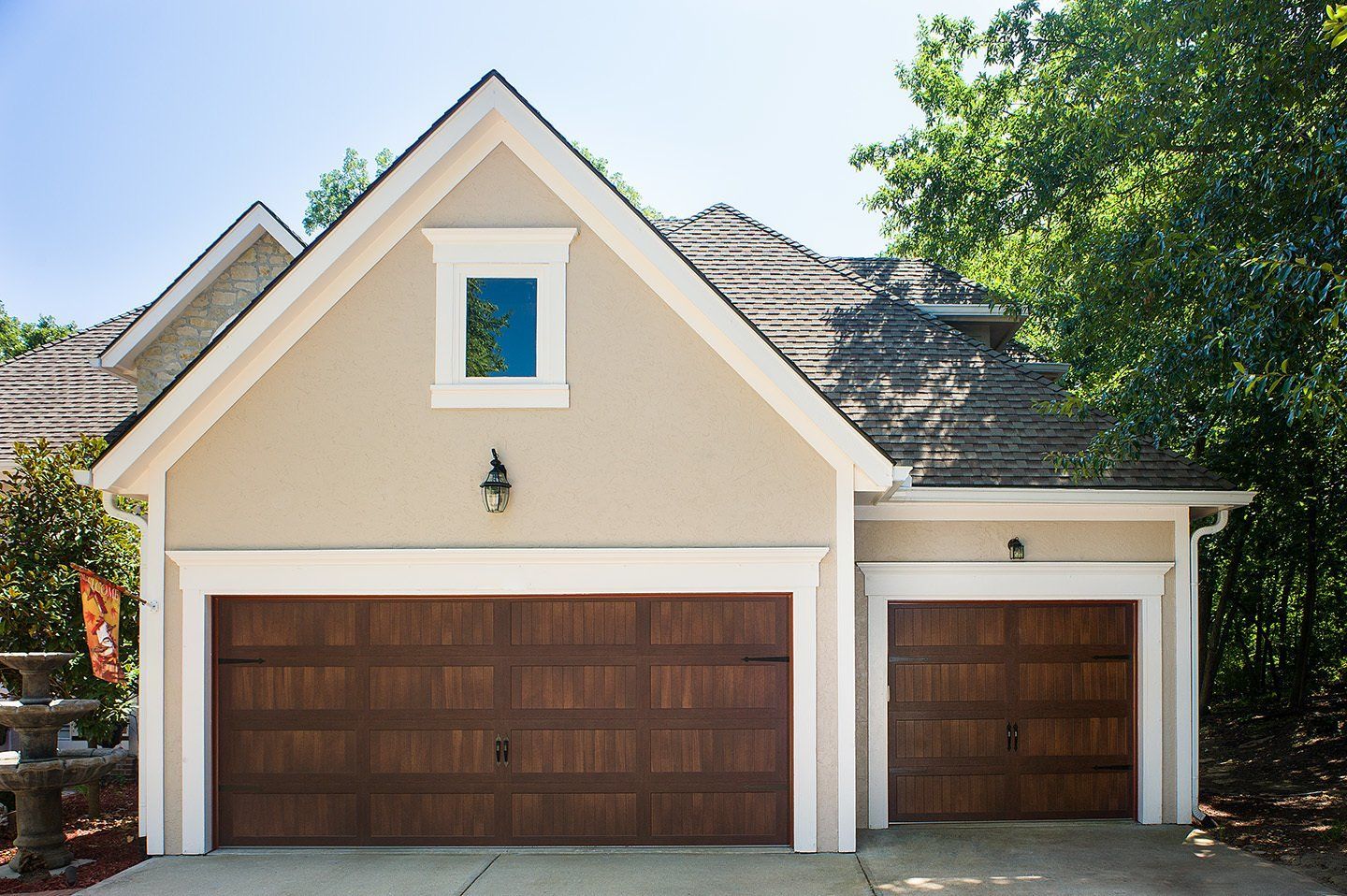Door Weather Stripping Tips for Winter Home Prep
Winter weather is on its way! Naturally your home heating system will be working overtime to keep it warm and cozy in your home all winter long. When your home feels drafty or if the heating bills are starting to scare you, you might want to consider door weather stripping.
Sealing up your home with door weather stripping can save more than 20% on heating and cooling bills, according to the Department of Energy. Not only will it save you money on your energy bills, it will also help keep your home at a more comfortable temperature. To help, here are our tips for winter home prep weather stripping.
How to Tell If You Need Door Weather Stripping
There are a couple of tricks to decide if you need to perform door weather stripping on your home. The first test should be done at night with one person standing in front of the inside of the door and one on the outside. Turn off all the lights in your house and have the person on the outside of the door shine a light around the door’s perimeter. If the person on the inside of the door can see light shining through, you should consider weather stripping. You can also try sliding a dollar bill between the door and the door jamb from the inside to the outside. If the dollar bill fits through, weather stripping is important.
Types of Weather Stripping to Choose From
You want the weather stripping you choose to make sense for the door you are applying it to and it needs to hold up to the elements and use. Certain materials will be easier to install and less expensive, while others are a little more difficult but will last longer. Depending on if you want to perform garage door weatherstripping or place an under door weather strip for your entry doors, here are the different options to choose from.
- Tension Seal. Using vinyl, copper, aluminum, or stainless steel, you place tension seal on window tracks or around door seals. There is a possibility it will be difficult to install since the corners have to be snug.
- Felt Seal. A felt strip can be simply felt or have the support of a flexible metal strip. They are fitted into door jambs or placed around doors and windows. The problem with felt is it has low durability and does not prevent airflow effectively.
- Tape Sealing. Tape can be used to block corners and cracks from allowing airflow and it is very easy to install.
- Vinyl Sealing. Vinyl is used for door stops, the top or bottom of window sashes, and the bottom of the door if using a rigid vinyl strip. Sometimes it can be difficult to apply if the vinyl doesn’t want to adhere to certain metals.
- Door Sweep Sealing. Adding a door sweep made of aluminum or stainless steel to the bottom of the inside and outside of a door will help prevent air from leaking through the bottom. It is adjustable for uneven thresholds as well, but can drag on the carpet and tear it up.
- Magnetic Seal. Picture how your refrigerator seals shut and this is how a magnetic seal works. It is highly effective at blocking air.
- Tubular Vinyl or Rubber Seal. Using rubber or vinyl seals in tube form are an excellent way to block air drafts from around a door. However, the self-sticking versions are difficult to install.
- Reinforced Silicone Seal. A reinforced silicone seal comes in tube form and is attached to a metal strip. It works well on a doorjamb and seals well, but installation is difficult. You have to cut the metal and line up corners perfectly.
- Door Shoe Seal. A door shoe seal is a C-shaped insert that goes under the door. It is incredibly effective at sealing and can help balance an uneven opening. However, it is a pricey option and requires planning the bottom of the door in most cases.
- Bulb Threshold Seal. Made of vinyl or aluminum, a bulb threshold combines weatherstripping and threshold sealing with different light options. A bulb threshold seal can be expensive and wears from foot traffic over time.
- Frost Brake Threshold Seal. A frost brake threshold has a door bottom seam and vinyl threshold replacement, made of a variety of materials for superior cold transfer blocking. It can be difficult to install and may require you to replace the threshold.
- Fin Seal. For sliding glass doors and aluminum sliding windows, a fin seal is a very durable weather sealing option that is difficult to install.
- Interlocking Metal Channel Sealing. Placed around door perimeters, interlocking metal channels provide exceptional weather sealing. However, installation is difficult because the way you line up the channels is critical.
If you have questions on which door weather stripping would be best for your home and budget, please contact Door Systems, Inc. today for a professional recommendation.
The post Door Weather Stripping Tips for Winter Home Prep appeared first on Door Systems, Inc | Garage Door Company | Lees Summit.







